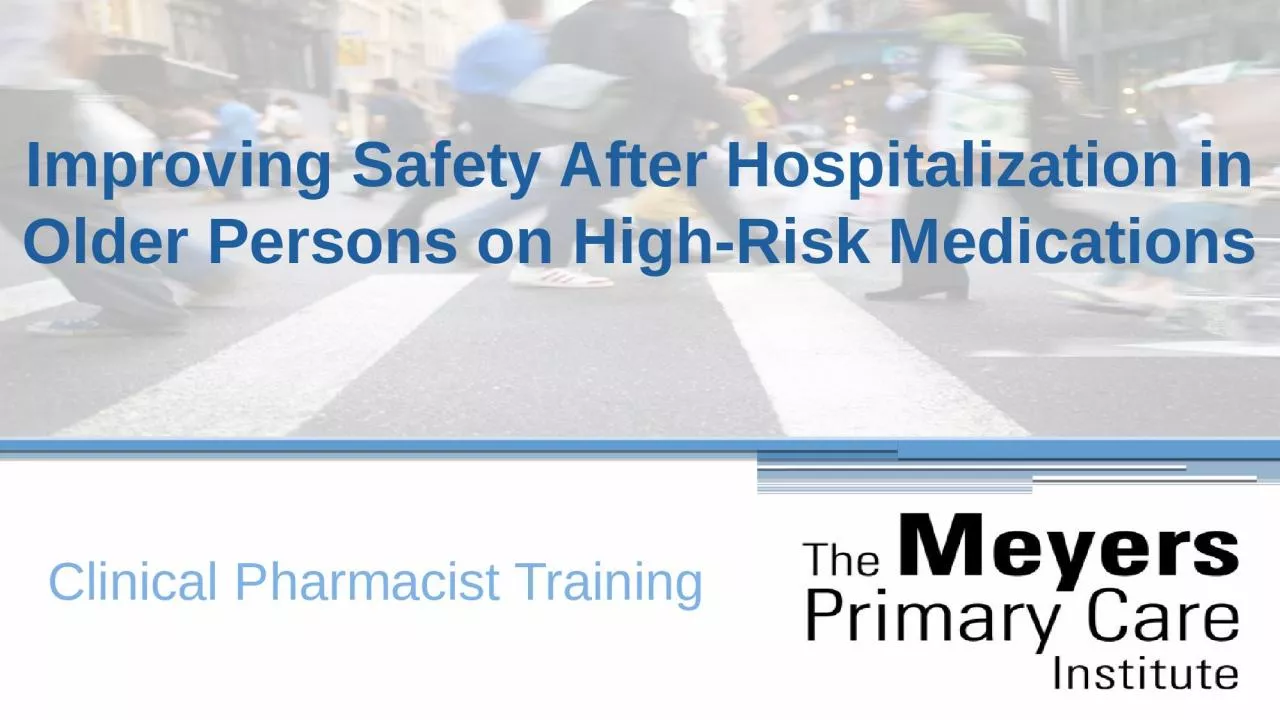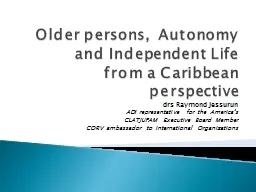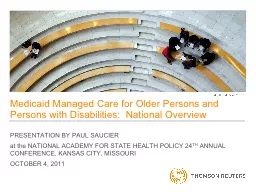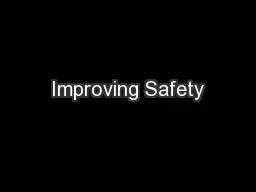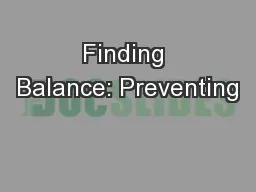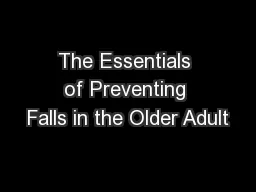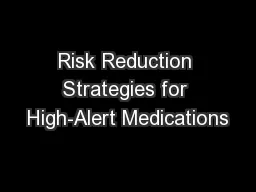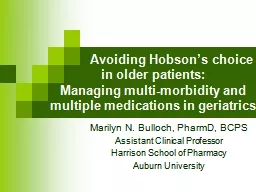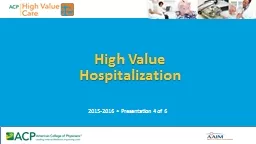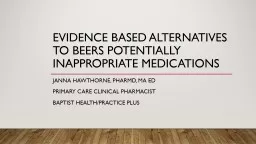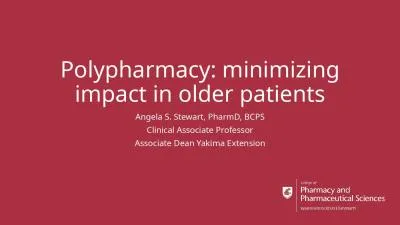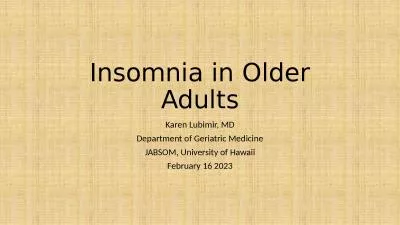PPT-Improving Safety After Hospitalization in Older Persons on High-Risk Medications
Author : unita | Published Date : 2023-07-27
Clinical Pharmacist Training The Meyers Primary Care Institute is a joint endeavor of the University of Massachusetts Medical School Reliant Medical Group and Fallon
Presentation Embed Code
Download Presentation
Download Presentation The PPT/PDF document "Improving Safety After Hospitalization i..." is the property of its rightful owner. Permission is granted to download and print the materials on this website for personal, non-commercial use only, and to display it on your personal computer provided you do not modify the materials and that you retain all copyright notices contained in the materials. By downloading content from our website, you accept the terms of this agreement.
Improving Safety After Hospitalization in Older Persons on High-Risk Medications: Transcript
Download Rules Of Document
"Improving Safety After Hospitalization in Older Persons on High-Risk Medications"The content belongs to its owner. You may download and print it for personal use, without modification, and keep all copyright notices. By downloading, you agree to these terms.
Related Documents

